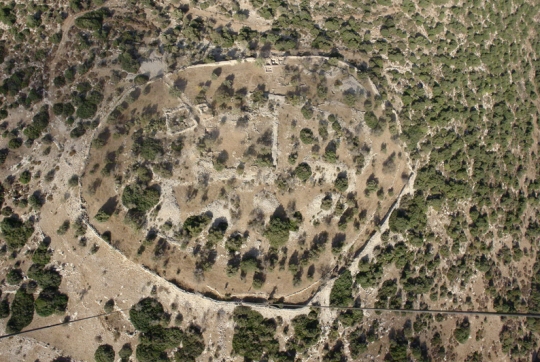
Many of my readers probably know that I started working with homeschoolers because of my experiences with homeschool graduates when I was on the faculty at Ball State University. As a group, they were not only academically superior to their peers, but they were also significantly more well-adjusted. I often share this fact when I am speaking to homeschool audiences, so it didn’t surprise me when a homeschool blogger (Michelle) sent me some questions about my experiences with homeschool graduates at the university level. As I indicated to her, I have experienced homeschool graduates at both a secular university (Ball State) and a Christian university (Anderson University). Based on my experiences, I can state with some confidence that, on average, homeschool graduates excel at the university level, be it in a secular or Christian environment. Several studies back up those experiences (see here, here, here, here, and here).
Michelle told me that she was writing a blog post about professors’ impressions of homeschool graduates, and she asked me four specific questions. I answered them as best I could and then (like many things) promptly forgot about it. Yesterday, I received another email from Michelle, telling me that she had finished the project and had published her post. After reading it, I decided that I had to share it. I think it provides some really valuable insights, especially for parents who are currently homeschooling and want their children to pursue higher education.
Unlike the studies that I spend a lot of my time discussing, the results of her survey of college professors is not scientific. It has a tiny sample size and makes no attempt to be representative of the population of college professors as a whole. Nevertheless, it is incredibly valuable, because the college professors who were surveyed offer some excellent advice to homeschooling parents, and they provide perspectives about homeschool graduates in higher education that would be hard to measure in a more scientific survey.
I strongly encourage you to read the entire article, but I do want to offer a bit of “color commentary.”
Continue reading “College Professors’ Impressions of Homeschool Graduates”









